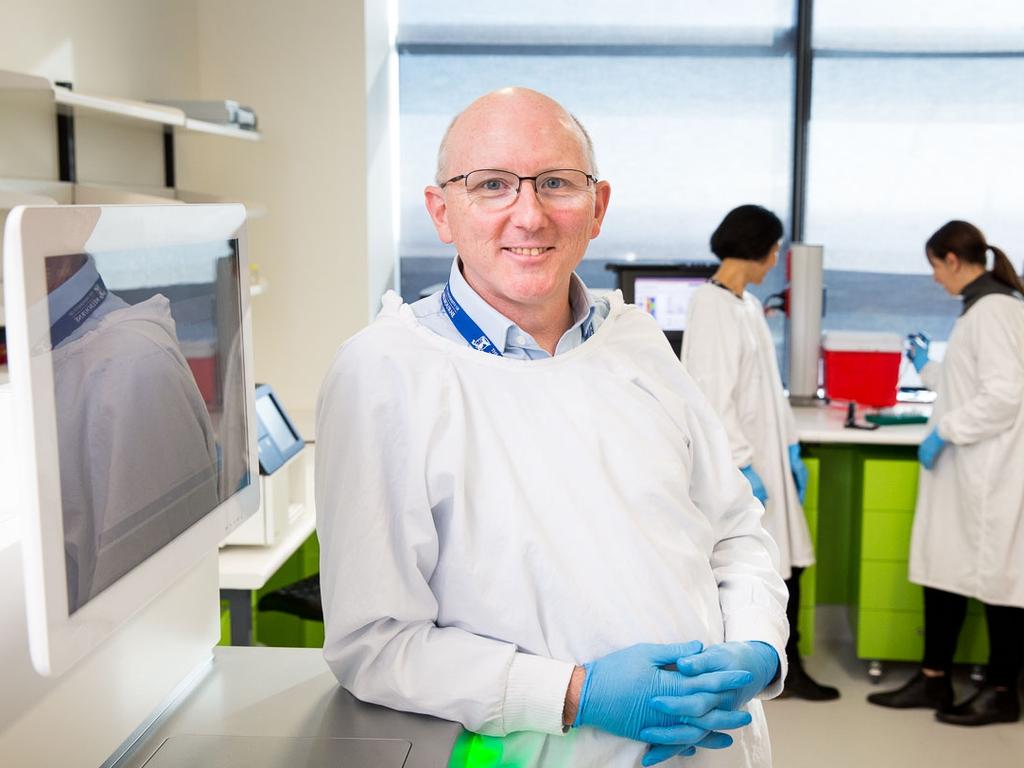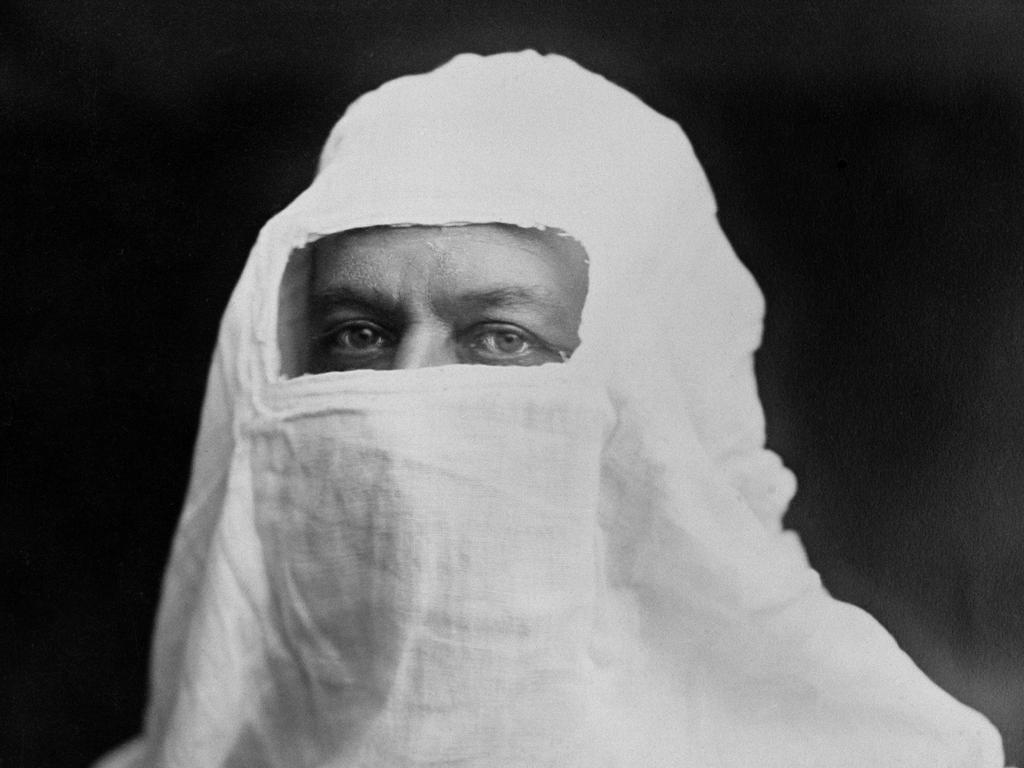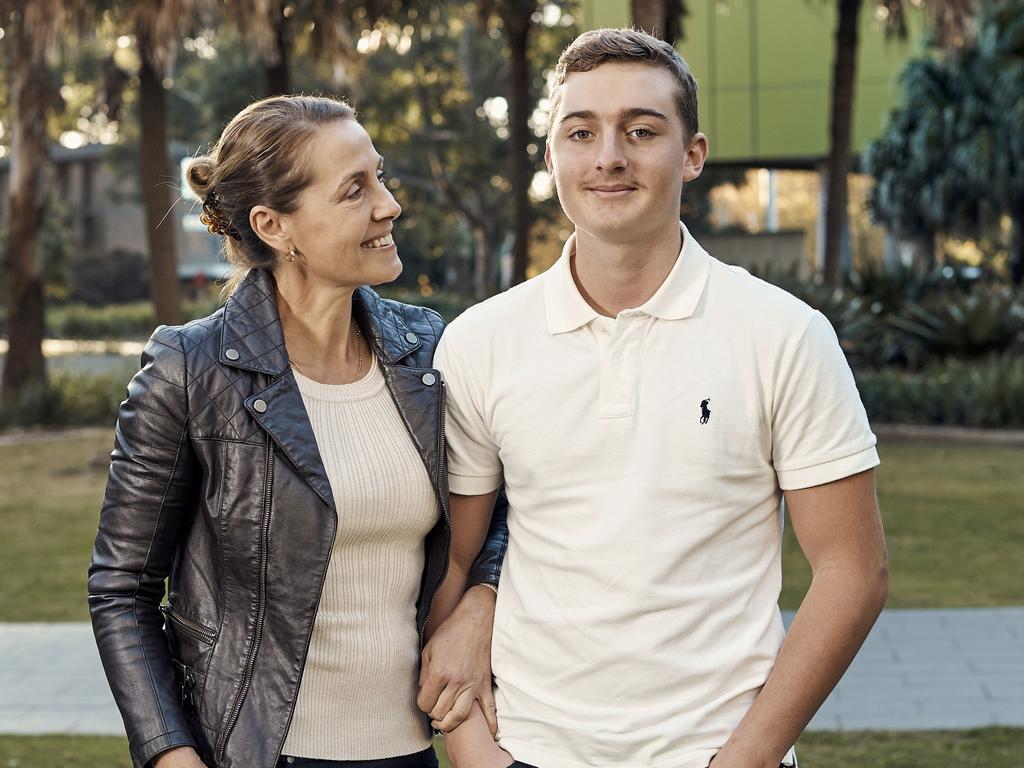Australian study unlocks cancer survival secrets
Some cancer patients respond better to immunotherapy, radiation or chemotherapy but doctors don’t know why. A new study may offer some answers.

The cellular keys to cancer survival and treatment resistance have been unlocked by Australian scientists in a world-first study that mapped thousands of proteins and gene messages from single-tissue slides.
Scientists from the Wesley Research Institute’s Queensland Spatial Biology Centre used three-dimensional tissue mapping technology – which is able to map the cancer tissue microenvironment in an extraordinary level of detail – to identify specific immune cells that were linked to cancer patients living longer with their disease in remission.
In future, drugmakers and clinicians will be able to use the findings of the study to help identify which patients will respond to immunotherapy, chemotherapy or radiotherapy, and which particular drugs are ideally suited to their cancer.
Believed to be the largest discovery protein study of its kind for translational cancer research, the Queensland study, published in the journal Nature, examined tissue samples from 84 patients with head and neck squamous cell carcinoma, which is the seventh most common cancer globally.
They mapped almost 600 biomarkers, aiming to identify key proteins that were associated with treatment response and resistance to various therapies.
“We’ve shown for the first time that we can measure hundreds of clues from a single hospital biopsy to unlock the secrets of head and neck cancer,” said Arutha Kulasinghe, scientific director of QSBC. “This lets doctors personalise treatments to give patients the best chance of beating cancer.”
Spatial biology is a new form of digital pathology that allows scientists to perform tissue mapping cell-by-cell to yield unprecedented insights into the composition of a patient’s tumour, as well as understand how the cancer cells communicate with surrounding cells and respond to therapy. The method is sometimes called “cellular neighbourhood mapping”.
“It’s really giving us the depth of the biology of the disease that we can now map cell-by-cell in space, and so it becomes a very powerful tool to understand whether therapeutics will work in individual patients or not,” Professor Kulasinghe said.

The QSBC study, which was a global collaboration with the companies Bruker Spatial Biology and Abcam, as well as the Walter and Eliza Hall Institute of Medical Research in Melbourne, identified modes of expression of several immune-specific proteins and strands of RNA that are associated with cancer survival.
In particular, the location of these immune signals in the tumour compartment was found to be important for cancer survival.
The scientists used spatial biology techniques that allowed them to identify “region-specific signatures associated with patient outcomes that can be missed” when using conventional cancer scanning techniques.
They identified specific immune cells near tumours that were linked to patients living longer without their cancer returning. Additionally, the research identified new targets for future drugs to help patients whose cancers do not respond to current treatments.

Cancer survivor Ataia Elhage welcomed the findings, saying that if tissue mapping had been able to pinpoint the most appropriate treatment for her tongue cancer, she may have avoided many side-effects of radiation treatment. She was diagnosed with tongue cancer in 2018 and has been cancer-free for the past six years. But she still has difficulties with speech, a dry mouth and sometimes trouble with eating.
“It’s massive enough going through the surgery, but being able to personalise the treatment for each person, as opposed to what has been standard treatment in the past, which is surgery and then radiation, would result in a lot better outcomes for patients,” Ms Elhage said.
Professor Kulasinghe said based on tissue-mapping, future immunotherapy directions could include strategies to break down immune cells that serve as barriers to cancer therapy, either through new drug combinations or techniques that enhance immune cell penetration into the tumour.
The findings of the study extend beyond head and neck cancers and will be applicable to many other solid tumours, including lung cancer, bladder cancer, colorectal cancer and melanoma.
The QSBC research was supported by the Passe and Williams Foundation and the Princess Alexandra Research Foundation





To join the conversation, please log in. Don't have an account? Register
Join the conversation, you are commenting as Logout